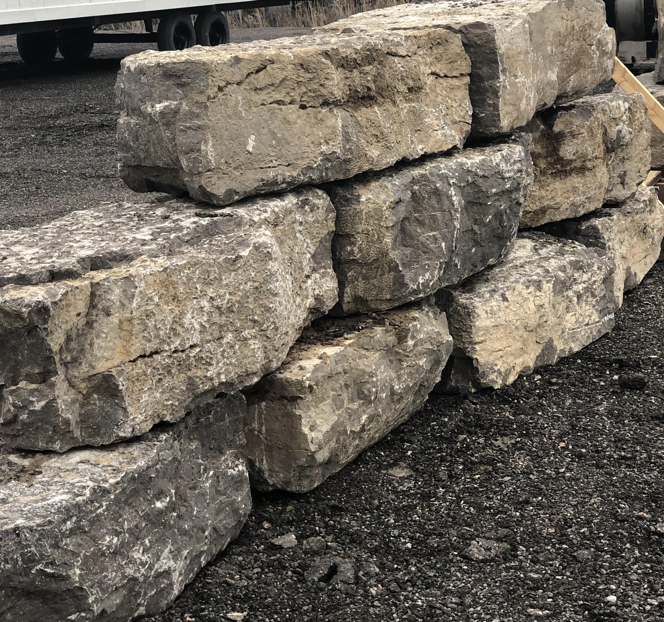What Should I Do If I've Discovered a Buried Oil Tank on My Property?
- Danosh Construction
- Jun 28, 2019
- 3 min read
Updated: Mar 28, 2024

So... You've just bought a property, are looking to buy, or are ready to sell, and a home inspection has pointed out pipes protruding from the ground, suggesting the presence of an underground tank.
What do you do?
Unfortunately, the responsibility for the removal of an underground oil tank falls to the current property owner. And once a buried oil tank is discovered, it is the owners responsibility to ensure it is decommissioned and/or removed in accordance with Technical Standards and Safety Authority (TSSA) Regulations.
What are the TSSA Regulations?
Regulations regarding the installation, use, and removal of both above and underground tanks are set out in the 'Liquid Fuels Handling Code 2007'. Once an underground tank is no longer in use, there are 3 courses of action that apply;
Temporary Disuse:
1. Where an underground storage tank is out of service for up to 180 days,
the owner or authorization holder shall ensure that monthly inspections are
conducted...
2. Temporary Disuse: 'Where an underground fuel tank is out of service for
more than 180 days but less than 2 years, the owner or authorization holder
of the tank shall;
(a) remove all product from tank
(b) secure all openings on tanks except vents, to prevent unauthorized access
(c) lock all dispensing or transfer equipment connected to tank
(d) ensure that all corrosion protection system is maintained in operation
(e) monitor monthly for water infiltration
Permanent Closure
3. Where an underground storage tank is out of service for 2 years or more, the
owner of the tank system or the owner of the property on which the tank is
located shall remove the tank from the ground. '
What does that mean for you?
If you are unsure of the age of the tank, chances are it needs to be removed. Read more about the regulations here
How can I find out if I have an underground tank?
If you, or an inspector, suspect that an underground tank may be present, you may want to investigate it further:
- Ground Penetrating Radar is a nondestructive method that uses radar pulses to form an image of subsurface structures. A technician is able to follow pipes, or inspect suspicious areas, for anomalies or metals deposits in the ground that may suggest a tank.
- Hand Digging may also be used to follow along any protruding pipes and find out where they lead. This work is done on an hourly cost basis, and is the only way to physically verify if a tank is present.
Can I remove an underground tank myself? Or have anyone remove it?
The 'Technical Standards and Safety Act, 2000' regulates any work associated with fuels. According to the act, no person shall operate, install, alter, repair, service, test, remove or use any equipment associated with fuel operations, unless the person is the holder of a license or registration, or of a certificate for that purpose. O. Reg. 217/01, s. 6.
This means, that no person or company is able to install, fill, or remove an underground tank, unless they are a licensed Petroleum Mechanic under the TSSA. And you, as the tank and property owner, have the right to request proof of these licenses prior to a contractor performing any work.
* It is highly recommended that you ask a contractor for their TSSA license number prior to accepting a quotation for the removal work.
What has to be done prior to removing an underground tank?
Ontario One Call MUST be notified of the intent to dig by your contractor. If your contractor does not obtain underground utility locates prior to starting an excavation, they have not done their due diligence, and could be endangering your life and property.
Ontario One Call is a free service, available to all homeowners and contractors, that identifies the location of public utilities that may be on your property. These utilities include; hydro, gas, sewer, water, telecom, cable, etc... Every person preparing to dig, is required to have underground locates in hand, failure to do so could result in damage to your own and neighboring services, the endangerment of life, and heavy fines implemented by the TSSA.
My underground tank was removed, what are the next steps?
Once the tank has been removed from the ground, you are required to have an Environmental Consultant test the soil for any possible spills or contamination.
The Environmental Consultant company will provide you with a soils analysis report, documenting the type and extent of any fuel that has leaked into the ground. If no contamination is found, this report will prove such to your home insurance, or a potential
buyer of the property.
What if my underground tank leaked?
Remediation of a site can seem like a daunting task. But our Specialists at Danosh Construction will work with you to achieve the best possible outcome.
Contact Us Today!




Comments